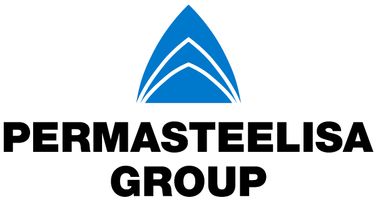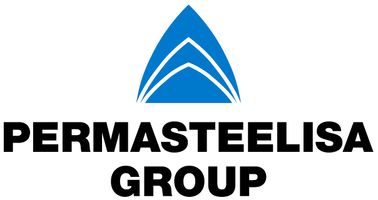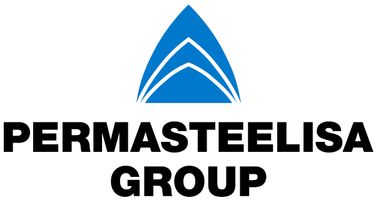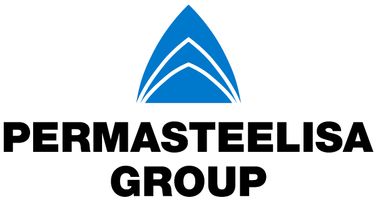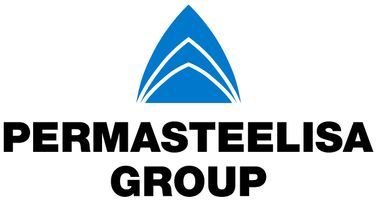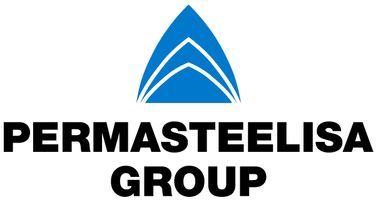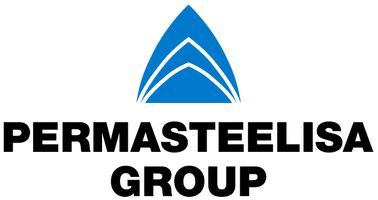Title Page
-
Site conducted
-
Conducted on
-
Prepared by
-
Location
Communication & Colleague Engagement
Communication
-
Communication
-
Employees frequently receive safety related information
-
Risk Assessments
-
Factory / Site Induction Presentation
-
Toolbox Talks
-
Safety Training
-
Incident Report Information
-
Safety Board information frequently updated
-
undefined
-
Safe behaviour expectations are understood
-
Survey Feedback Question: Do you understand the safety behaviour expectations of the Company
-
Management Safety Walks discuss behavioural expectations
-
undefined
-
Conditions of discipline are made clear to employees
-
Employees attend regular safety meetings
-
Employee surveys are carried out at defined intervals
-
All employees are aware of key policies corporate including health and safety, drugs and alcohol, working times
-
Safety matters are frequently discussed with all functions and at all levels<br>
-
Employees are encouraged to identify safety issues and suggest solutions
-
Incidents, injuries, investigations, and safety standards and procedures are efficiently communicated to all
-
Employees understand management’s desire to have them involved in safety matters
-
Effective two-way communication on safety matters is considered for upgrade in the safety committees
-
Line management is involved in planning and conducting safety meetings
-
Safety goals, objectives, action plans, current performance, and recent issues are familiar to, and understood by all employees
-
Communication channels are completely open
-
Discussions of potential safety problems are viewed as opportunities to improve
-
All employees feel their input is welcome
Colleague Engagement
-
Colleague Engagement
-
A disciplinary procedure exists to address non-compliance with rules and procedures and managers know the proper procedure to administer discipline
-
Employees understand that safety is a requirement of all jobs
-
There is a clear no reprisal infrastructure in place which allows workers to stop work in the event that they consider it to be unsafe
-
Employees are expected to follow safety rules and job procedures
-
Induction presentation describes out safety rules and procedures
-
Safety rules are promoted by toolbox talk / Safe starts
-
Ignoring rules and procedures results in disciplinary action
-
Employees support the safety program and consistently apply safety principles in their work
-
Discipline is fair and consistent. It focuses on teaching rather than punishment. Good safety performance is publicly recognised
-
Employees understanding the organization’s safety expectation and consider safe work practices to be a high priority
-
Factory / Site induction outlines safety expectations
-
Colleague safety observations and discussions are conducted. Observation correct deficiencies and motivate employees
-
Management seeks, values, and frequently implements input from employee. Employees are proactive in recognising safety issues, proposing improvements and receive prompt feedback on their input<br>
-
Positive recognition is provided for safe behaviour
-
New employees receive observation training
-
Employees/work teams are involved in developing and executing safety observations
-
All employees are involved in some part of the implementation of the safety program and voluntary participation is evident throughout the organization.
-
Employees regard discipline as impartial, consistent, and predictable
-
Employees feel responsible for their coworkers’ safety and act accordingly
-
Unsafe acts index is a key metric for organisational safety
